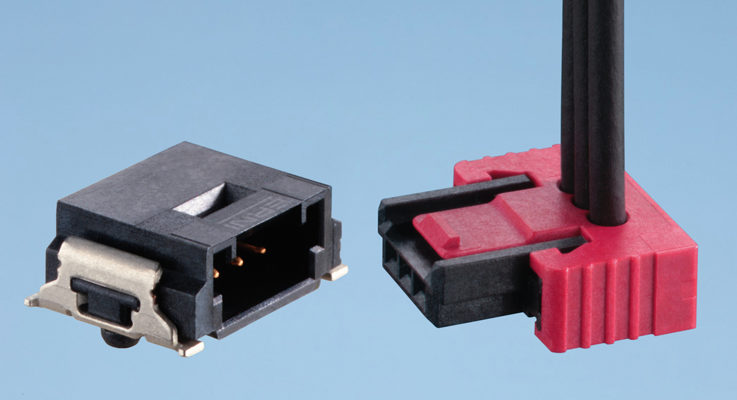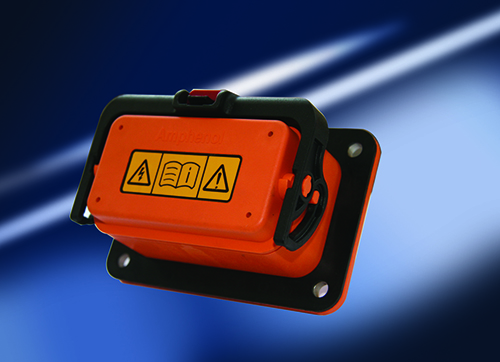By Majeed Ahmad, contributing editor
While electrification of vehicles is proving to be a boon for the automotive connector market, it also brings forth a major challenge for connector manufacturers in terms of adding power-handling features on top of reliability and durability demands.
That includes meeting unique interconnect design requirements such as specific criteria for power-handling, insertion, and removal cycles.
Just ask Toyota, whose TS050 Hybrid LMP car lost to Porsche 919 Hybrid during last year’s 24 Hours of Le Mans competition due to a connector failure. Toyota’s TS050 racing car began to lose power because of a connector defect on the air line situated between the turbocharger and the intercooler.
So automotive interconnect systems have to evolve to meet the needs of hybrid and fully electric vehicles — case in point, ERNI’s wire-to-board connector designed for electric vehicle’s inverter and battery management system (BMS).

Image credit: ERNI.
ERNI claims that its iBridge connector delivers high current density in a miniature package while providing secure mating for high-vibration applications. Moreover, the connector’s unique housing design with distinctive guides prevents mismating and protects contact pins.
Next, there is a highly reliable active latch that provides significantly higher mating integrity. These automotive connectors also ensure reliable and rugged construction by incorporating primary and secondary contact-locking features.
ERNI’s new automotive connectors also streamline cable systems integration by featuring multiple colors with unique coding.
Mating integrity for higher power
Amphenol’s MSD and mini-MSD connectors for plug-in hybrid vehicles also show how automotive connectors are acquiring greater power sophistication. These interconnect devices serve as a high-energy storage system for a battery’s manual service disconnect (MSD) feature in hybrid cars.
The tool-free connectivity solution protects the high-voltage battery pack from short-circuit while disconnecting the internal battery pack. And for that, the connector uses a two-stage lever to open the high-voltage interlock loop (HVIL) circuit before separating the high-voltage contacts.

Image credit: Amphenol.
Amphenol’s new automotive connector allows more than 50 mating cycles to ensure high durability. Next, in order to handle the temperature range of −40° C to 85° C, it employs a unique cooling structure with a double-channel design that lowers temperature rises.
Reliability and durability have always been a key attribute for automotive connectors. Electric and hybrid vehicles operating on higher voltages add power density and mating integrity dimensions on top of that in order to efficiently connect to devices like inverters, converters, and battery monitoring units.
Advertisement





